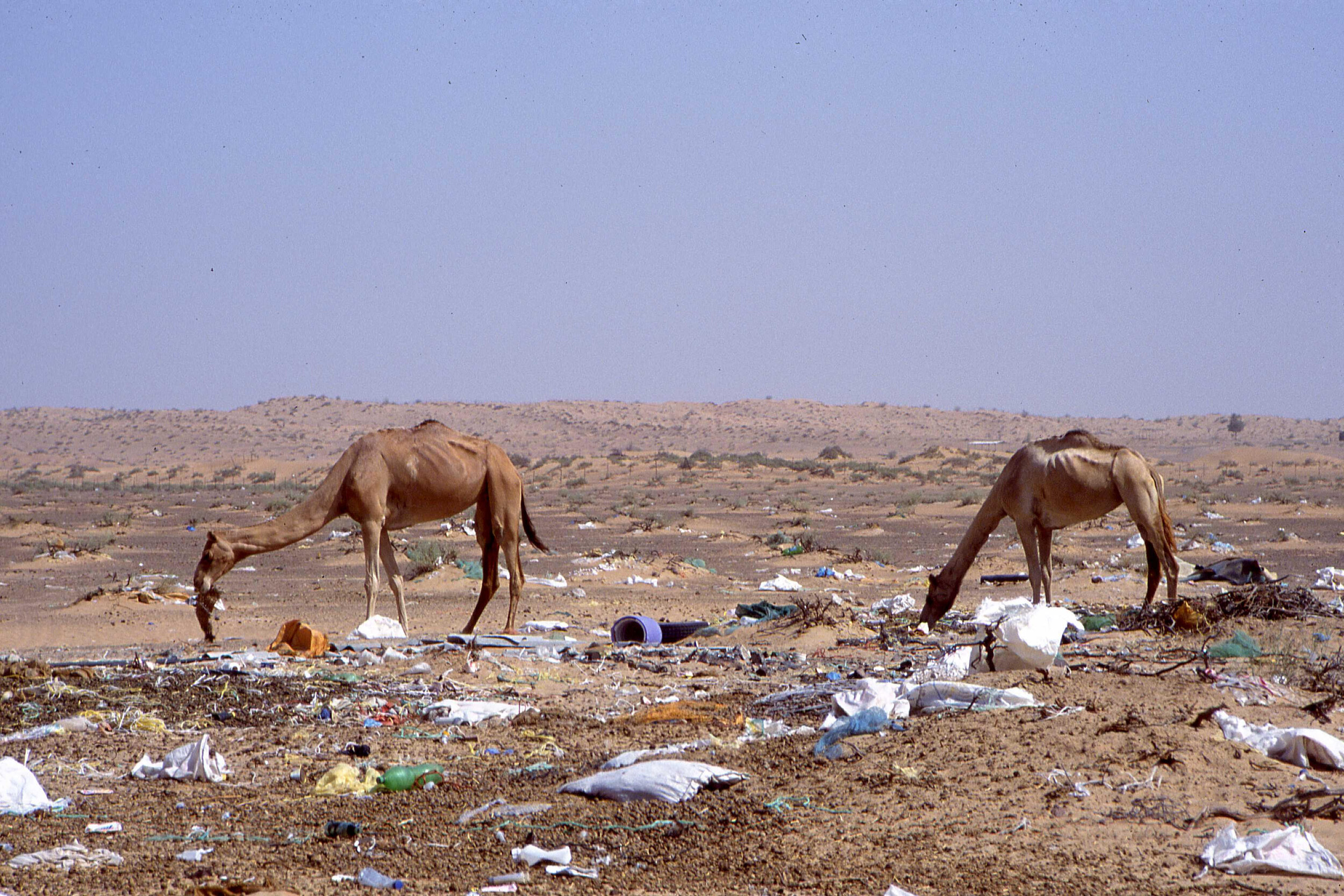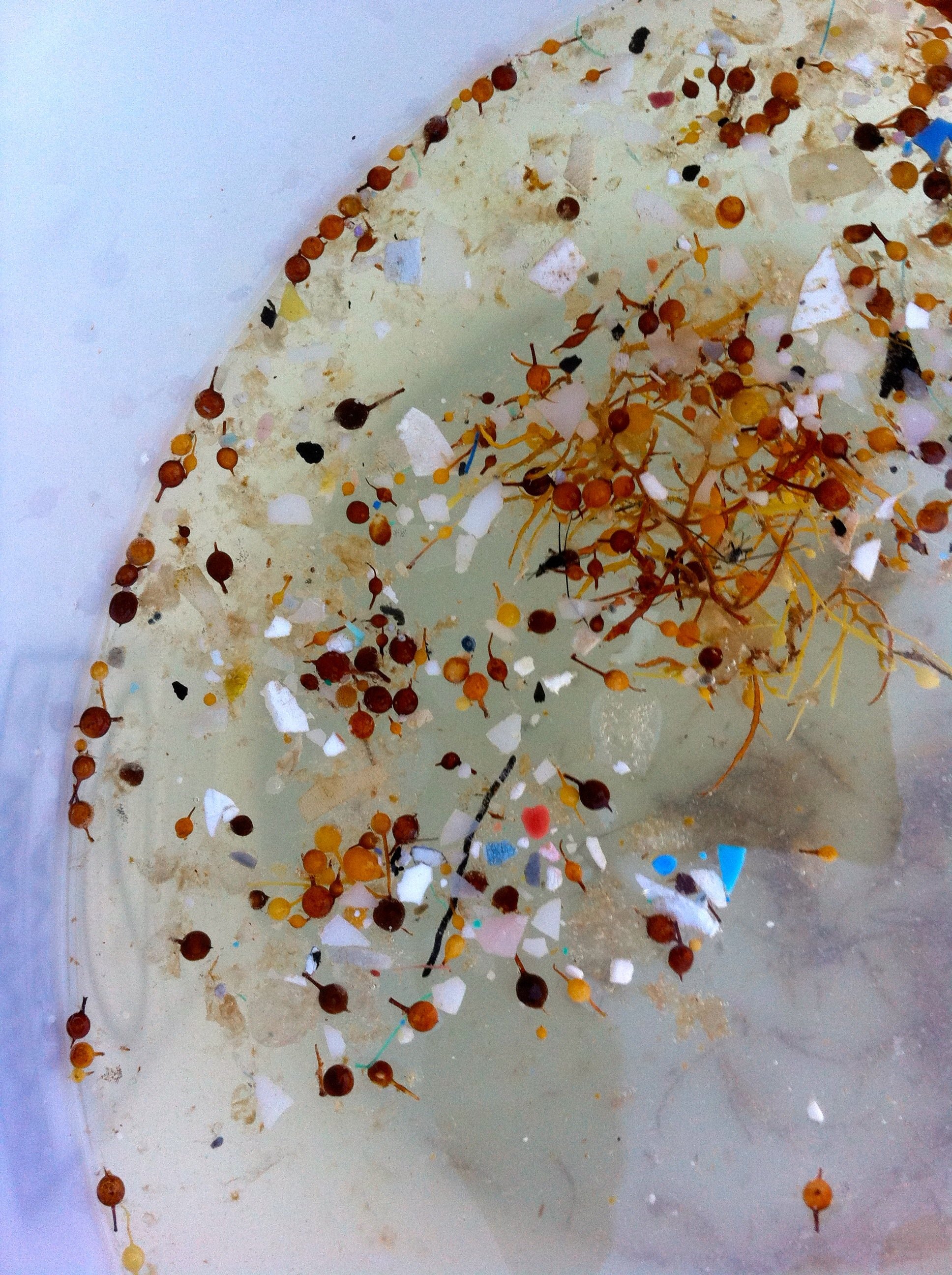A scientist from 5 Gyres on what we know about microfiber shedding from clothing & the solutions can make an impact
In episode 300, Kestrel welcomes Dr. Lisa Erdle, the Director of Science and Research at 5 Gyres, to the show. A microplastics researcher and lifelong sailor, Lisa is passionate about keeping waterways clean for wildlife and people.
“A load of laundry can shed anywhere in the range of hundreds of thousands to millions of microfibers, depending on how you wash and what you wash. There can be 850 times more microfibers shed from a high-shedding item compared to a low, so the textile design really matters. And washing isn’t the only source of microfibers to the environment — we know there’s also dryers, carpets and upholstery, cigarette butts, wet wipes, there’s quite a long list. But the one that we know the most about, and one we have a solution for, is our washing machines.”
-Dr. Lisa
Today, we hear a lot about microfibers in our oceans and waterways, and how they are an issue we’re facing. There are consistent news articles out there about it. At the same time, the narrative is generally very much aligned with polyester and synthetics and you know, the plastic side of things.
But as this week’s guest reminds us – all fabrics shed microfibers. And it’s important to note that when fibers shed from our clothing, it’s not just the base fiber that is of concern – whether it’s cotton or polyester, a natural fiber or a synthetic material – these fibers are generally also carrying some sort of chemical cocktail (a mix of dyes and treatments and coatings that are added to the fabric throughout the supply chain).
You may be asking – how are all these fibers ending up in our waterways? According to researchers, the biggest culprits are washing machines. But these microfibers can also shed from dryers and even simply from walking around throughout the day.
All of these layers make understanding the impacts of microfibers on people and the planet very complex. But as much as we don’t know, we also know enough from a scientific lens, to act. There are solutions out there that can at least help slow down the rate of microfibers released into the environment.
Quotes & links from the conversation:
“The Widespread Environmental Footprint of Indigo Denim Microfibers from Blue Jeans”, research paper that Dr. Lisa contributed to
“Capturing microfibers – marketed technologies reduce microfiber emissions from washing machines”, research paper that Dr. Lisa contributed to
“Washing Machine Filters Reduce Microfiber Emissions: Evidence From a Community-Scale Pilot in Parry Sound, Ontario”, research paper that Dr. Lisa contributed to
The Microfibre Consortium, organization that Dr. Lisa mentions
Info about AB 1628 (California filtration bill)
“The research on microfibers shows that used clothing typically sheds less than new clothing, poorly constructed garments shed more microfibers than well constructed garments. So, buying used when possible, or buying higher quality garments and washing less, washing cold — these are all things that can reduce your microfiber footprint.” -Dr. Lisa (40:58)
5 Gyres video about textiles & microfibers (in Spanish)









